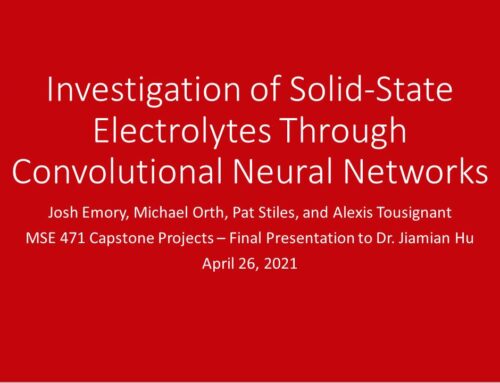Project Description
Project Overview: Semiconductors are an increasingly important part of modern life, allowing for many performance advancements in computers, electronic devices and solar cells. One of the key properties of semiconductors particularly in solar cells and electronic devices is their band gap. In most applications, this band gap informs the choice of material. In this past, it took a lot of time and money to find material with a certain band gap. Now, machine learning techniques should allow for a cheaper method of finding a material that has the desired band gap. . The target of predictions will be the band gap, and initial features will be simply the composition of the materials. The main model we will use is boosted gradient trees, and we may check this against ridge regression if necessary. Depending on the accuracy of the initial model, we may look at finding subsets within the data, either to add features such as structure or acquisition method, or to remove outlier material types, both to improve accuracy of the model. In the end, we will use cross-validation tests to decide the best model, and to test accuracy across subsets of data. This project aims to use the machine learning program (MAST-ML) to make these predictions based on a database of band gaps and other properties of constituent elements.
Client: Dr. Dane Morgan, Department of Materials Science and Engineering University of Wisconsin-Madison
Student Team: Benjamin Garrett, Cody Moua, Ziyu Chen, Max Roth, and Shane Kucharczyk










